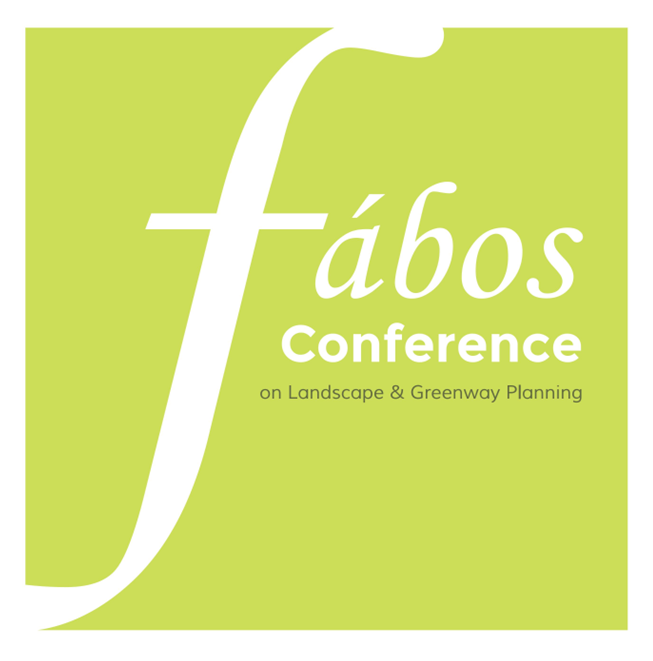Beyond Terrain Vague: Future Cemetery/Memorial Parks as Critical Green Space in Changing Cities
Abstract
This paper explores the changing nature of the ‘terrain vague’ and considers its potential to help define or locate new green space in changing cities and towns. First popularised by Morales (1995), this term refers to the vague or ill-defined spaces or places within or adjacent to the urban fabric that are often overlooked, in transition or hold some future possibility. Such places include ‘roadsides, railyards, city edges, cemeteries, water reservoirs’ and are present in all urban environments, regardless of geographical location and in this research the terrain vague was considered as a point of departure to consider opportunities for green space in the future city. Over 2023 and 2024, Master of Landscape Architecture students at the University of Western Australia actively considered the typology of cemeteries and memorial parks, through focussing on one specific location, the 68ha Rockingham Regional Memorial Park, approximately one hour south from the state capital, Perth. This expansive site, mostly undeveloped was a former sand quarry and is wedged between a nature reserve, rubbish tip and expanding suburbs is managed by the Metropolitan Cemeteries Board for the people of Western Australia and is located in a peri-urban context, a landscape also in transition.
Through two separate semester-long design projects the future of this place and its identity (Rugg, 2000) and its (multifunctional) potential was considered. This began with the craft of individual detailed briefs where students reflected upon future post-life trends across different religious, cultural and historical contexts. This fuelled a design process that culminated in a range of 48 different design and planning approaches that articulate a range of potential ideas and scenarios across several scales from masterplan to detail. This was elaborated through site visits, drawings, juries, model-making and detailed design. While primarily occupied with the delivery of functional requirements – including numbers of burials, cremations and other options such as green burial, but also circulation, and ceremonial intentions – layered into this process was the consideration of multifunctionality and the potential for these places to be considered as novel green spaces (Skår, Nordh, & Swensen, 2018) in increasingly dense cities with contested land-use and occupancy.
The outcomes were a range of explorations that bridge the urban and the terrain vague, and operate at the nexus of people, place and ecology. Here, the aesthetic meets the functional, and occupancy in many forms dialogues with emptiness, a choreography of the living, the dead and the other biodiversity that resides on in any given location. In the context of the South Western Australian hotspot, this involved creative responses that sought connections between fragile ecology and species alongside adjacent land-uses. In so doing, exploring the potential of the terrain vague as an approach to frame and create more green space and hence more robust cities and towns.
Keywords: terrain vague, green infrastructure, cemeteries, urban ecology, urban planning
How to Cite:
Kilbane, S. J. & Kilbane, S. J., (2025) “Beyond Terrain Vague: Future Cemetery/Memorial Parks as Critical Green Space in Changing Cities”, Fábos Conference on Landscape and Greenway Planning 8(1). doi: https://doi.org/10.7275/fabos.2411
118 Views
91 Downloads

